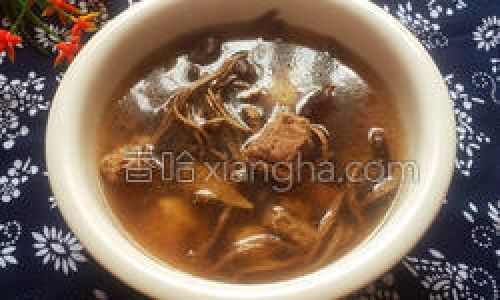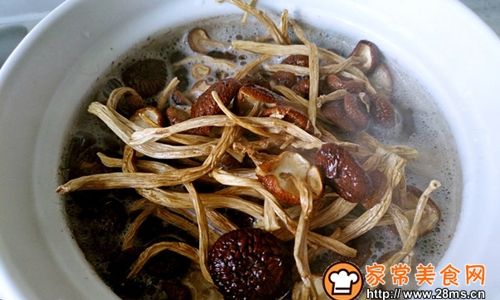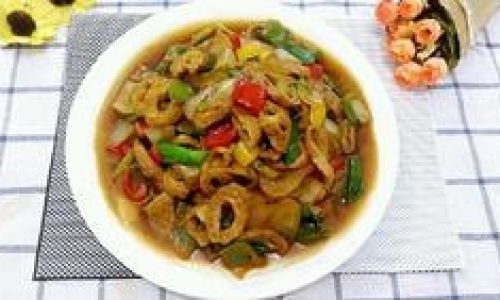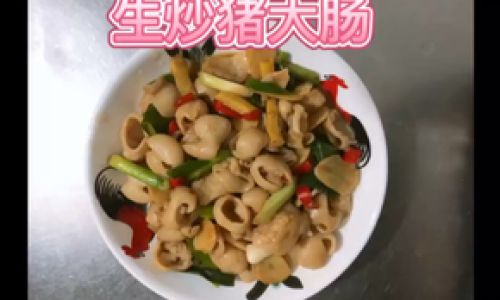Introduction
The Cloud Sun Egg, known as Cǎiyún Tàiyáng Dàn in Chinese, is a visually stunning and delightfully simple dish that has captured the hearts of home cooks and food enthusiasts alike. This culinary creation combines the golden charm of a sunny-side-up egg with a mosaic of vibrant vegetables, arranged to resemble fluffy clouds beneath the radiant “sun.” Originating from modern Chinese home cooking, this dish balances nutrition, aesthetics, and ease of preparation, making it perfect for breakfast, brunch, or even a light dinner. Its name evokes imagery of a serene sky, where the egg yolk shines like the sun amidst a backdrop of colorful, cloud-like vegetables. In this article, we’ll explore the homemade version of this dish, breaking down each step to ensure even novice cooks can recreate this Instagram-worthy meal with confidence.
Ingredients: Assembling Your Sky-Inspired Palette
To bring the Cloud Sun Egg to life, gather the following ingredients:
- 4 large fresh eggs: Prioritize free-range or organic eggs for a richer yolk and creamier texture.
- 1 small carrot: Diced into tiny cubes or thin strips to mimic orange cloud formations.
- ½ red bell pepper: Finely chopped to add a pop of vibrant red.
- ¼ cup frozen peas: Thawed and patted dry to retain their bright green hue.
- 2 green onions: Sliced diagonally for garnish and a mild oniony flavor.
- 1 small zucchini: Shredded or julienned for a delicate, green cloud-like texture.
- 2 tablespoons cooking oil: Use neutral oils like vegetable or canola, or opt for sesame oil for a nutty twist.
- Salt and black pepper: To taste, enhancing the natural flavors of the ingredients.
- Optional additions: A sprinkle of shredded cheese (cheddar or mozzarella) for gooey texture, or a dash of paprika for smokiness.
Equipment Checklist
- A non-stick skillet or well-seasoned cast-iron pan (8–10 inches in diameter).
- A sharp knife and cutting board for precise vegetable prep.
- A rubber spatula for gentle flipping or stirring.
- A bowl for mixing vegetables (if pre-seasoning).
- A plate lined with paper towels (to drain excess oil, if desired).
Step-by-Step Instructions: Crafting Your Edible Sky
Preparing the Vegetable “Clouds”
The foundation of the Cloud Sun Egg lies in its vegetable base, which serves as both a flavorful bed and a visual masterpiece. Begin by dicing the carrot, red bell pepper, and zucchini into uniform, tiny pieces—think of them as confetti-sized bits that will cook evenly. Heat 1 tablespoon of oil in the skillet over medium heat, then add the carrots first, as they require slightly longer to soften. Sauté for 2–3 minutes until tender, then toss in the bell peppers and zucchini. Stir-fry for another 2 minutes, ensuring the vegetables retain their crispness. Add the peas during the final minute, allowing them to thaw and warm through. Season lightly with salt and pepper, then transfer the mixture to a bowl. Wipe the skillet clean to prepare for the eggs.
Shaping the Clouds
Return the skillet to the stove over low-medium heat and add the remaining tablespoon of oil. Once the oil shimmers, gently spoon the vegetable mixture back into the pan, arranging it in a circular pattern to create a “nest” for the eggs. Press lightly with the spatula to flatten the vegetables into an even layer, leaving small gaps to allow the egg whites to seep through slightly—this creates a whimsical, lacy edge reminiscent of wispy clouds.
Cracking the Sun
Crack each egg into a small bowl or ramekin first to inspect for freshness and avoid shell fragments. Gently pour one egg into the center of the vegetable nest. Repeat with the remaining eggs, spacing them evenly if cooking multiple servings. For a neater presentation, use a spoon to nudge the egg whites toward the vegetables, encouraging them to mingle without overwhelming the yolks.
Cooking to Perfection
Cover the skillet with a lid to trap steam, which helps cook the egg whites gently while keeping the yolks runny. Cook for 3–4 minutes for a soft yolk, or 5–6 minutes for a firmer set. Resist the urge to lift the lid prematurely, as this disrupts the steam and may result in uneven cooking.
The Final Flourish
Once the eggs reach your desired doneness, remove the skillet from heat. Sprinkle the shredded cheese (if using) over the vegetables, allowing it to melt slightly from residual heat. Garnish with green onions and a pinch of paprika for color contrast. Use a spatula to carefully slide each Cloud Sun Egg onto a plate, ensuring the vegetables stay intact beneath the eggs.
Tips and Variations for Culinary Creativity
- Protein Boost: Add cooked shrimp, diced ham, or crumbled bacon to the vegetable mix for a heartier meal.
- Spice It Up: Incorporate a pinch of red pepper flakes or a teaspoon of Sriracha into the vegetables for a subtle kick.
- Vegan Twist: Substitute the eggs with scrambled tofu seasoned with turmeric for a golden hue, and use nutritional yeast instead of cheese.
- Low-Carb Option: Replace the vegetable base with cauliflower rice, sautéed until tender.
- Herb Infusion: Mix fresh herbs like cilantro, basil, or dill into the vegetables for aromatic depth.
Troubleshooting Common Pitfalls
- Soggy Vegetables: Ensure the skillet is hot enough before adding the veggies to prevent steaming instead of sautéing.
- Overcooked Eggs: Use a timer and trust the steam method—peeking too early releases heat and prolongs cooking.
- Uneven Yolks: If serving multiple eggs, crack them into separate bowls first to streamline the pouring process.
Cultural Context: The Rise of “Aesthetic Eating” in China
The Cloud Sun Egg exemplifies a broader trend in Chinese home cooking: “aesthetic eating”, where dishes are as much about visual appeal as taste. Social media platforms like Xiaohongshu (RED) and Weibo have fueled this movement, with home cooks sharing elaborately plated meals that blend tradition and creativity. While the dish’s origins are modern, its ethos harks back to classical Chinese cuisine, which has long valued harmony between color, aroma, and flavor. The Cloud Sun Egg’s whimsical presentation also reflects a post-pandemic emphasis on joyful cooking, turning everyday meals into moments of artistry.
Serving Suggestions and Pairings
- Bread Companions: Serve alongside buttered toast, English muffins, or fluffy pancakes to soak up the runny yolk.
- Beverage Pairings: Pair with green tea for a refreshing contrast, or a latte for a brunch-style indulgence.
- Family-Style Adaptation: Multiply the recipe and arrange the eggs and vegetables on a large platter for a communal breakfast spread.
Conclusion: A Sky Full of Possibilities
The Cloud Sun Egg is more than a meal—it’s a canvas for culinary expression. Whether you’re a seasoned cook or a kitchen novice, this dish invites you to play with colors, textures, and flavors while honoring the simple joy of a well-cooked egg. With minimal ingredients and maximum visual impact, it’s a testament to the idea that even the humblest of meals can be elevated to an art form. So, crack an egg, gather your vegetables, and let your creativity soar—the sky’s the limit!





0 comments